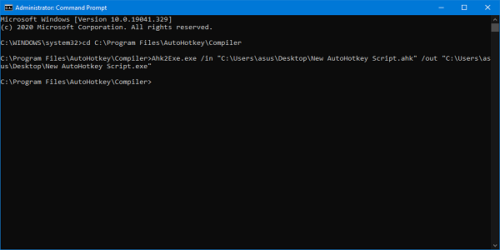

To customize this script, you can change the hot keys (“^6” for example means CTRL‑6), and change the different resolutions.So much has been written about this automation software that this article seems almost anti-climatic. Return DllCall( "ChangeDisplaySettingsA", UInt,&dM, UInt,0 ) SetWorkingDir %A_ScriptDir% Ensures a consistent starting directory. SendMode Input Recommended for new scripts due to its superior speed and reliability. ahk file to your Startup folder if you want the script to automatically start when you boot: #NoEnv Recommended for performance and compatibility with future AutoHotkey releases. It will execute the script (with an icon in the system tray that you can use to shut it off). To use the script, install AutoHotkey, save the following script to a file with an “.ahk” extension, and then double-click the file. The following script maps CTRL‑6 through CTRL‑9 to different screen resolutions (and refresh rates).

What I really wanted was the ability to switch resolutions with a single keystroke, and AutoHotkey came to the rescue!ĪutoHotkey is an open-source tool for Windows that allows you to automate tasks through text scripts, and map them to any Windows key (as well as joystick and mouse events). So I find myself frequently flipping resolutions, which on Windows 10 is not a simple one-click operation. Meanwhile, I also like to step away from my desk and use Chrome Remote Desktop on a small 14″ Chromebook to continue my work on the road.

I use a 39″ 4K monitor for my computer display because I appreciate a large work surface.


 0 kommentar(er)
0 kommentar(er)
